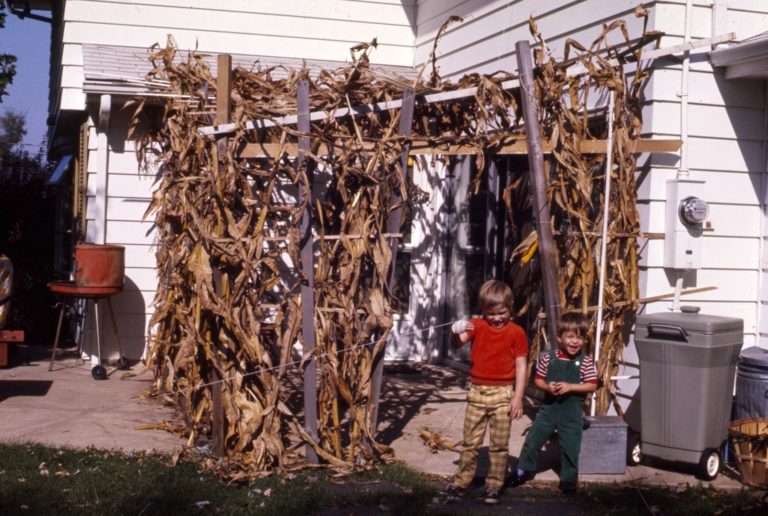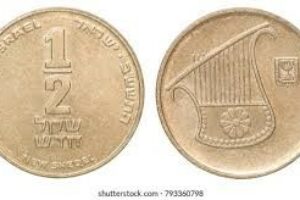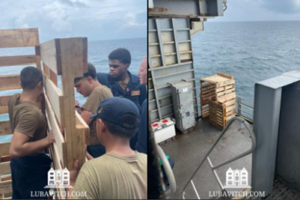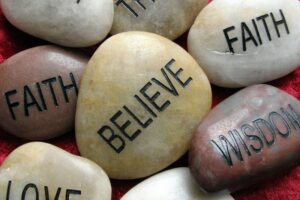“You shall live in booths seven days; all citizens in Israel shall live in booths. In order that future generations may know that I made the Israelite people live in booths when I brought them out of the land of Egypt, I the Lord your God” (Leviticus 23:42-43).
A succah is a temporary structure that we create for the holiday (Succot is the plural form of succah).
According to Jewish law it must have three walls (made of any material) and an open roof that provides shade, but through which one can see the stars at night (made from materials that grow from the earth). It is a simple structure that allows us to commune with nature and the elements. If possible, a succah is set up near one’s home (on a patio, deck, or in a yard). The juxtaposition of the strength and solidity of a house with the temporary and ethereal nature of the succah helps us appreciate the many blessings in our lives.
One can think of the succah as either a “succah of the wilderness” or as a “succah of abundance” based on the two different stories of its origins. The first image reflects the tradition that the Israelites first dwelled in succot (huts or tents) as they travelled through the desert from Egypt to the Land of Israel. The second image reflects the tradition that the Israelites originally built succot after they entered the Promised Land, using booths or huts as temporary dwellings during the harvest season as they worked long days to gather their produce.
One way to combine these images is to say that as we sit in our succot this fall, we express our gratitude for the blessings of today—the “abundance” of our current lives—while recognizing the times when we were wandering in the “wilderness” and in need of the guidance and support of others.
Interestingly, when Boston Red Sox slugger, David Ortiz, hits a home run, he always touches home plate and then looks to the sky in memory of his departed mother. It is Big Papi’s way of connecting the current blessing of the homerun with the memory of his late mom.






